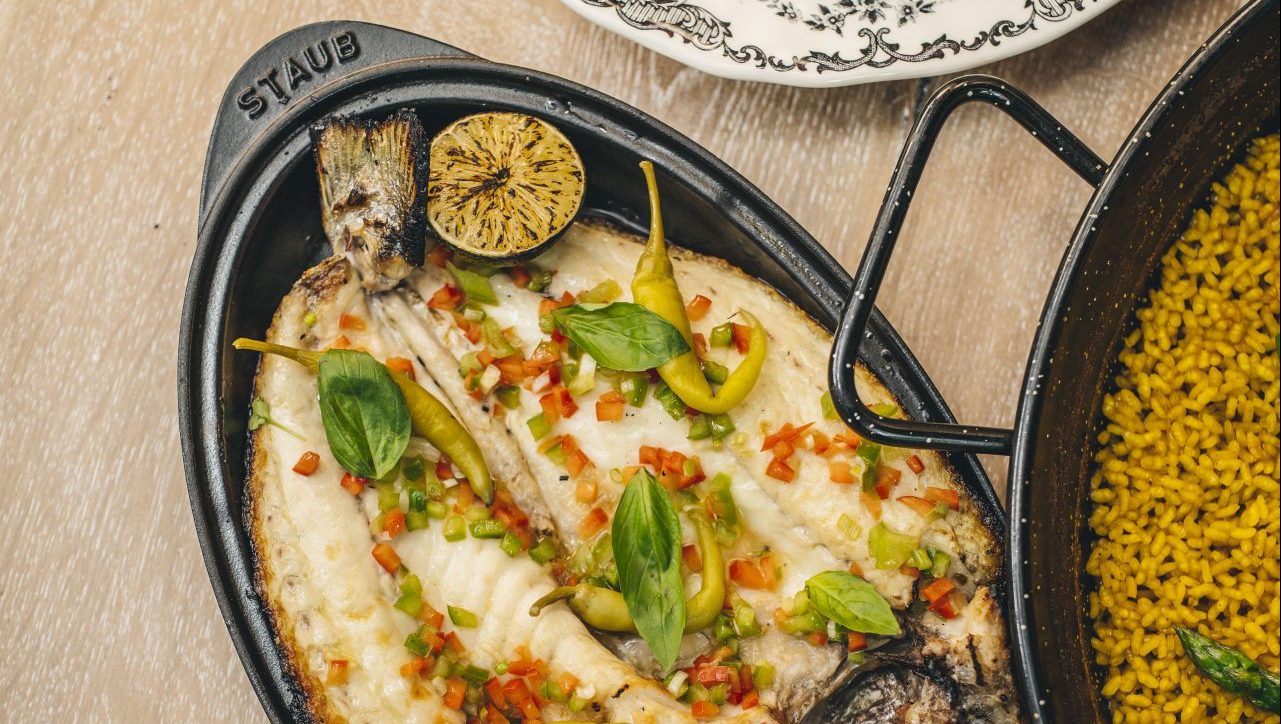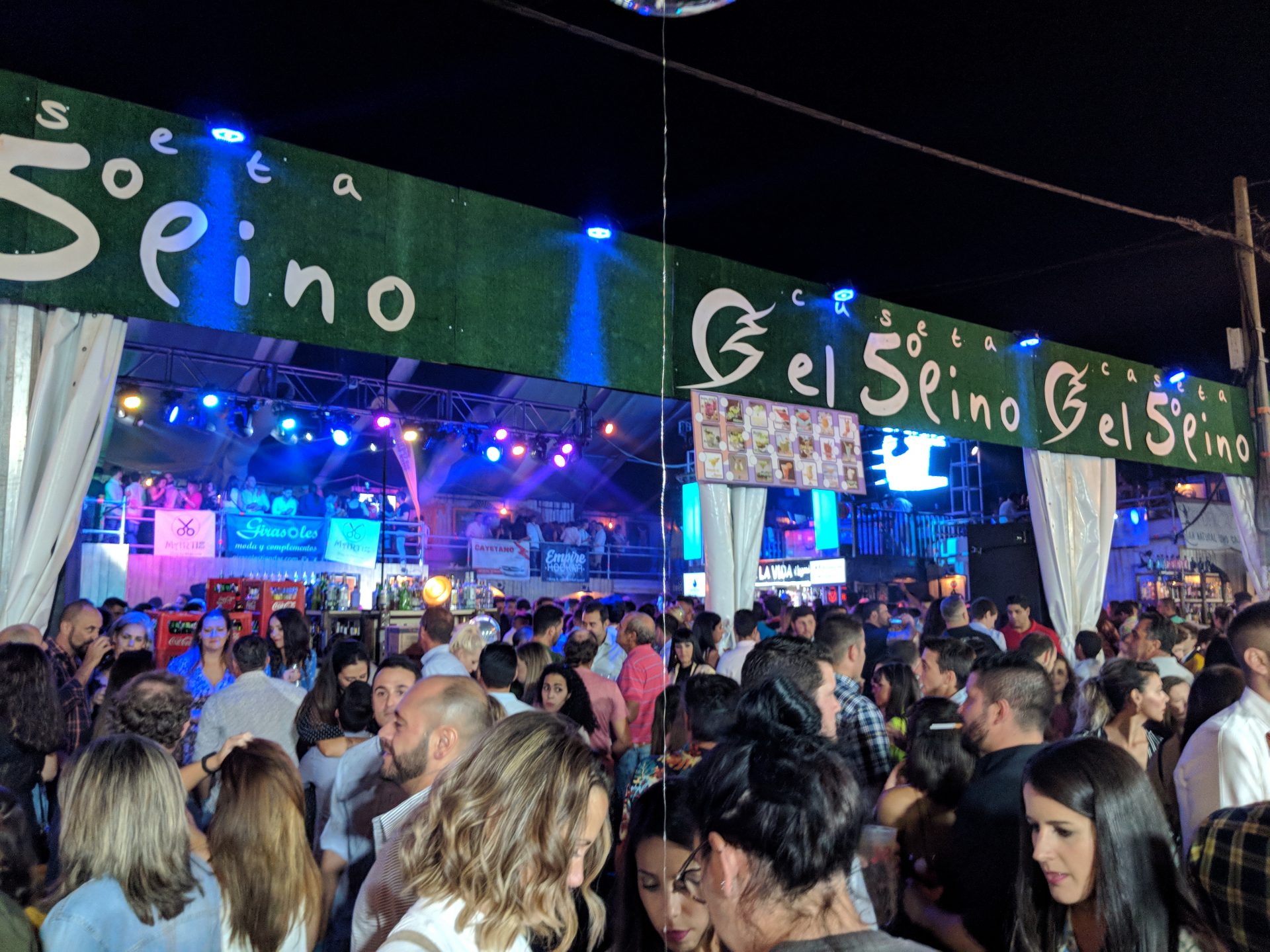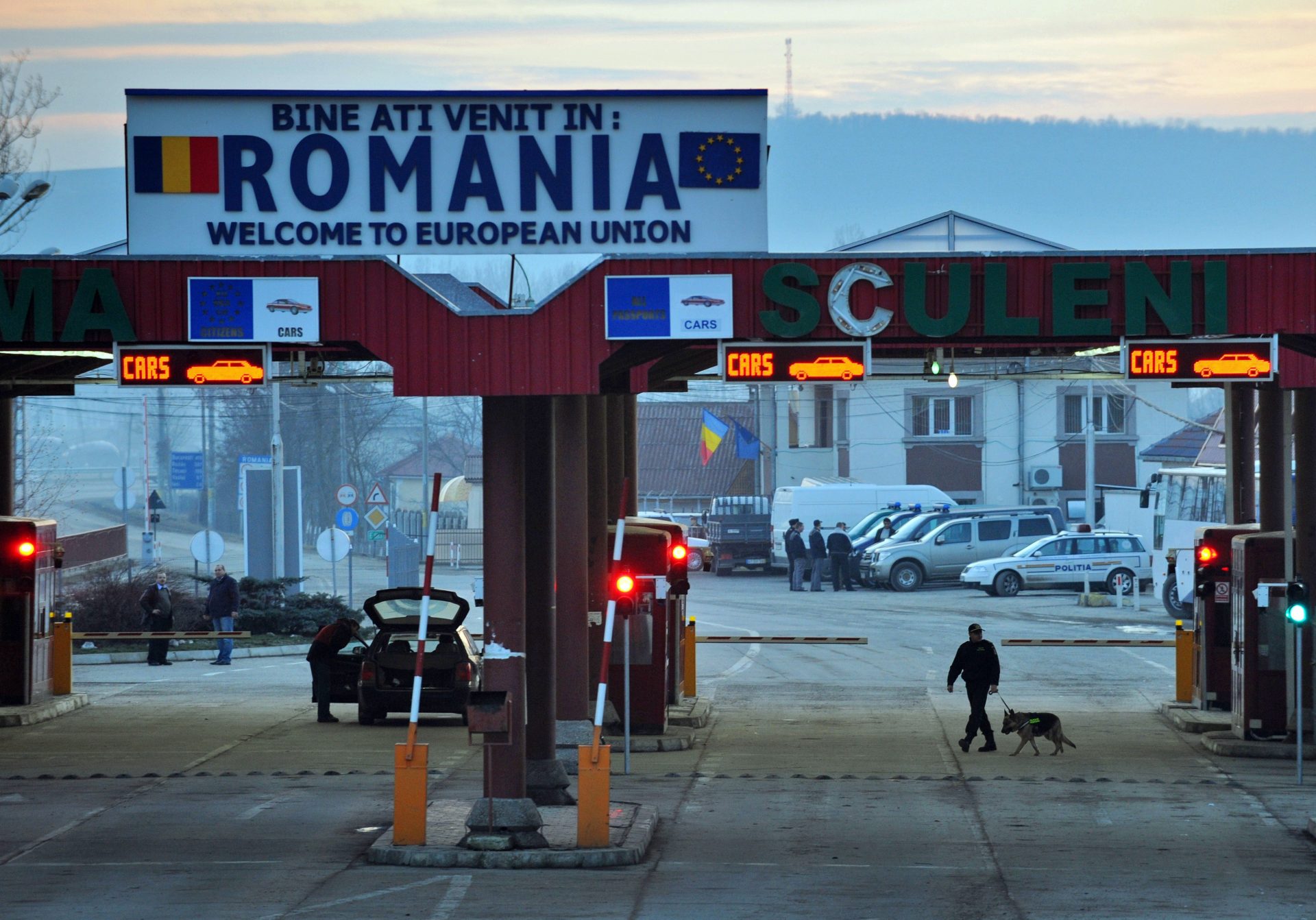I went to a party in Marbella last month. There were two large sea bass which had been baked in salt, rare beef from an old dairy cow, and bright tomatoes in olive oil.
These are not new innovations. Rather, they are timeless depictions of a culture and heritage.
Andalusian food is one of Spain’s – one of western Europe’s – finest assets, hung with tradition and culinary nous.
One of the reasons I like southern Spain so much is because the food doesn’t try too hard.
It does not damage itself with unwieldy ambition, like so much of what is served in London. This is said often, and it is tiring and repetitive, but still it must be said: simple food is the best food.
So long as the ingredients are good, everyone can calm down. There are exceptions. Risk is to be commended and when it pays off, you might earn some sort of praise, even accolades. A Michelin star, perhaps.
In Dani García’s case, three.
The chef was born in Marbella and studied nearby in Málaga, and is Andalusian in his ways, but also progressive in a culinary sense. He uses techniques and processes made famous by the likes of Heston Blumenthal of The Fat Duck and Ferran Adrià from El Bulli.
These chefs would be the first to extol the joy of simple food, but there has to be space for madness too. I haven’t been to García’s new London restaurant, BiBo, but I will. It is not searching for stars, and is instead focused on Andalusian classics like gambas fritas, Russian salad, and pan con tomate.
The idea, of course, is to take you on ‘holiday’ from the comfort of your Shoreditch dinner table.
Here is Dani García’s sea bream, then, for a taste of Andalusia.
Ingredients:
For the sea bream:
Sea Bream (Butterfly): 4 large fillets
Citrus pipirrana (mix ingredients Red Bell Pepper (1 medium, finely chopped) Green Bell pepper (1 medium, finely chopped)
Spring 0nion: 4 gr (finely sliced)
Thai green chili: 0.5 gr (finely chopped)
Lime juice: 2.5 gr Good pinch of salt
Extra Virgin Olive Oil Castillo de Canena (BOH): 7 gr
Fresh basil Leaves: 8g Piparra peppers in vinegar (strained): 10g
Sugar snap peas: 80g
For the Lettuce hearts and Mediterranean dressing:
Dressing (mix ingredients below)
Tomato vine (diced, no seeds): 22.5g
Capers: 3.75g
Fresh thyme: 0.125g
Pinch of salt
Black peppercorns (ground): 0.15g
Sherry vinegar: 3.75g
Extra virgin olive oil Castillo de Canena (BOH): 20g
Black olives pitted: 3.75g
Baby gem lettuce (100g) and chervil leaves (2g)
Method:
Season the sea bream with salt.
Sear the sea bream in a pan – skin first.
When the skin is seared, finish cooking it in the oven.
Place it on a plate and dress with citrus pipirrana.
Finish with the basil leaves and the piparras.
Saute the peas in a pan, season with salt and plate.
Garnish the lettuce hearts with Mediterranean dressing and the chervil leaves.
Season with salt and oil.




